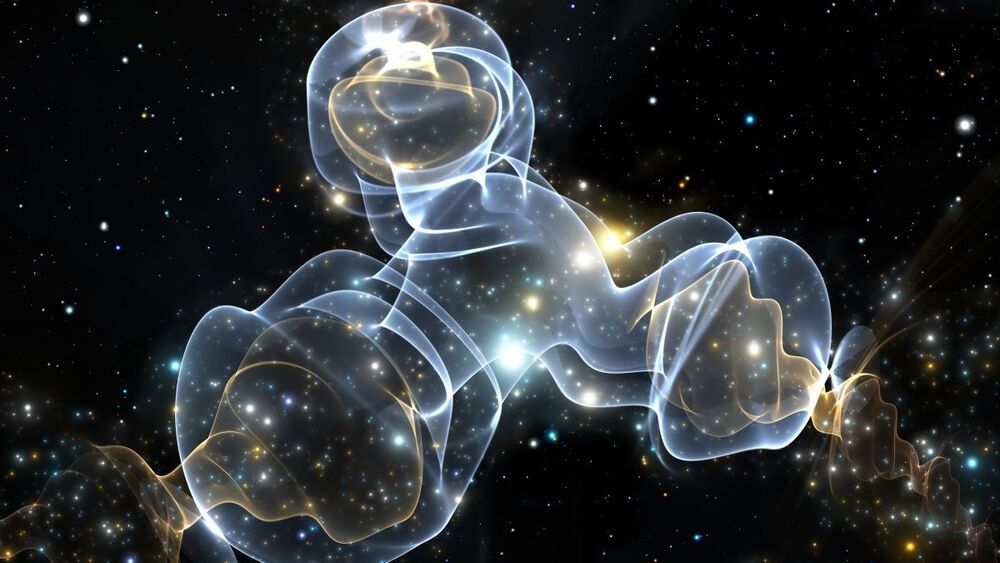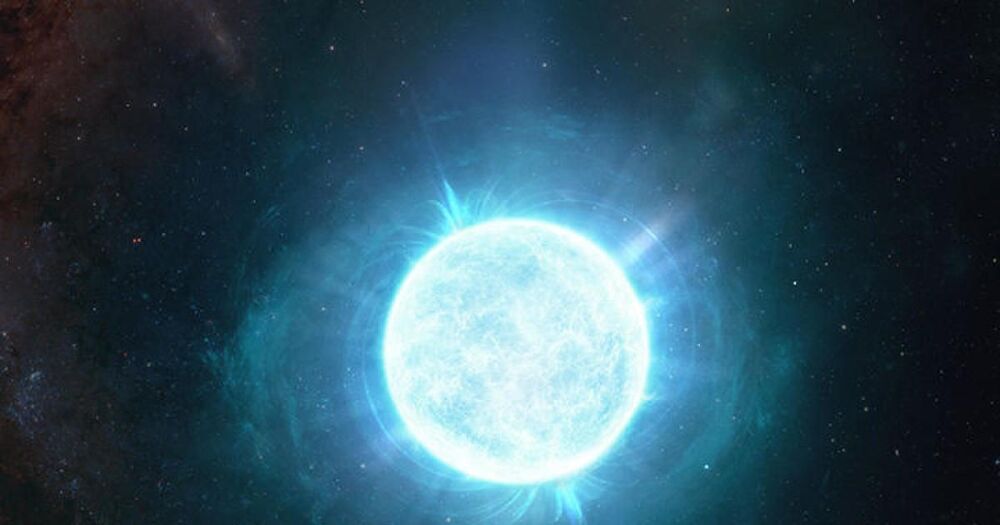The most mysterious objects in space are slowly coming into view.
As we learn more about black holes, we’re able to prove, disprove, or revise old theories. Some big ones, like the information paradox, are coming into view.


Black holes seem like the perfect spot for harvesting energy.
Researchers create a device to test a 50-year-old physics theory from the famed Roger Penrose.

Dark matter could be even weirder than anyone thought, say cosmologists who are suggesting this mysterious substance that accounts for more than 80% of the universe’s mass could interact with itself.
“We live in an ocean of dark matter, yet we know very little about what it could be,” Flip Tanedo, an assistant professor of physics and astronomy at the University of California Riverside, said in a statement.

‘Magneto-rotational hypernova’ soon after the Big Bang fuelled high levels of uranium, zinc in ancient stellar oddity.
A massive explosion from a previously unknown source — 10 times more energetic than a supernova — could be the answer to a 13-billion-year-old Milky Way mystery.
Astronomers led by David Yong, Gary Da Costa and Chiaki Kobayashi from Australia’s ARC Centre of Excellence in All Sky Astrophysics in 3 Dimensions (ASTRO 3D) based at the Australian National University (ANU) have potentially discovered the first evidence of the destruction of a collapsed rapidly spinning star — a phenomenon they describe as a “magneto-rotational hypernova”.

Finding the hypothetical particle axion could mean finding out for the first time what happened in the Universe a second after the Big Bang, suggests a new study published in Physical Review D.
How far back into the Universe’s past can we look today? In the electromagnetic spectrum, observations of the Cosmic Microwave Background — commonly referred to as the CMB — allow us to see back almost 14 billion years to when the Universe cooled sufficiently for protons and electrons to combine and form neutral hydrogen. The CMB has taught us an inordinate amount about the evolution of the cosmos, but photons in the CMB were released 400000 years after the Big Bang making it extremely challenging to learn about the history of the universe prior to this epoch.
To open a new window, a trio of theoretical researchers, including Kavli Institute for the Physics and Mathematics of the Universe (Kavli IPMU) Principal Investigator, University of California, Berkeley, MacAdams Professor of Physics and Lawrence Berkeley National Laboratory senior faculty scientist Hitoshi Murayama, Lawrence Berkeley National Laboratory physics researcher and University of California, Berkeley, postdoctoral fellow Jeff Dror (now at University of California, Santa Cruz), and UC Berkeley Miller Research Fellow Nicholas Rodd, looked beyond photons, and into the realm of hypothetical particles known as axions, which may have been emitted in the first second of the Universe’s history.


Circa 2012
The idea that our universe is embedded in a broader multidimensional space has captured the imagination of scientists and the general population alike.
This notion is not entirely science fiction. According to some theories, our cosmos may exist in parallel with other universes in other sets of dimensions. Cosmologists call these universes braneworlds. And among that many prospects that this raises is the idea that things from our Universe might somehow end up in another.
A couple of years ago, Michael Sarrazin at the University of Namur in Belgium and a few others showed how matter might make the leap in the presence of large magnetic potentials. That provided a theoretical basis for real matter swapping.

The scientists studied fermion masses which they are of the belief that can be communicated into the fifth dimension through portals, forming dark matter relics and ‘fermionic dark matter’ within the novel fifth dimension.
Researchers said in a statement to Vice, “We found that the new scalar field had an interesting, non-trivial behaviour along the extra dimension. If this heavy particle exists, it would necessarily connect the visible matter that we know and that we have studied in detail with the constituents of dark matter, assuming the dark matter is composed out of fundamental fermions, which live in the extra dimension.”
They refer to the particle as a potential messenger to the dark sector. But hypothesising is not as hard as actually looking for the particle. If you didn’t know, the Higgs Boson Particle which was discovered in 2012 and also rewarded the discoverer with a Nobel Prize, was first proposed sometime in 1964. It was only discovered after the construction of the Large Hadron Collider — world’s most powerful particle accelerator.

Astronomers have discovered the smallest yet most massive white dwarf star ever seen.
According to a new study published Thursday in the journal Nature, the “very special” star has a mass greater than that of our sun, all packed into a relatively small body, similar in size to our moon. It formed when two less massive white dwarf stars, which spent their lives as a pair orbiting around each other, collided and merged together.
At the end of their lives, the vast majority of stars become white dwarfs, which are essentially smoldering corpses, in addition to being one of the densest objects in the universe alongside black holes and neutron stars. In about 5 billion years, our sun will become a red giant before ultimately suffering the same fate.

Study offers evidence, based on gravitational waves, to show that the total area of a black hole’s event horizon can never decrease.
There are certain rules that even the most extreme objects in the universe must obey. A central law for black holes predicts that the area of their event horizons — the boundary beyond which nothing can ever escape — should never shrink. This law is Hawking’s area theorem, named after physicist Stephen Hawking, who derived the theorem in 1971.
Fifty years later, physicists at MIT and elsewhere have now confirmed Hawking’s area theorem for the first time, using observations of gravitational waves. Their results appear today (July 1, 2021) in Physical Review Letters.